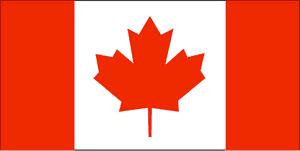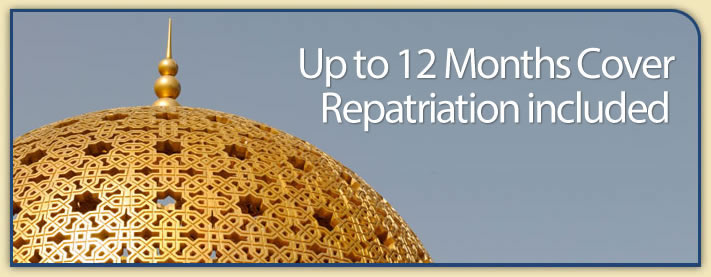Country Guide • Canada

Covering most of the northern part of the North American continent and with an area larger than that of the United States, Canada is the world's second largest country. Though much of the land is lake and river-filled forest, there are mountains, plains and even a small desert.. The first inhabitants of Canada were native Indian peoples, primarily the Inuit (Eskimo).
| Official Name | Canada |
|---|---|
| Area | 9,976,140km² (3,851,788mile²) |
| Population | 32,207,000 |
| Continent | North America |
| Population per mile² | 8 |
| Capital City | Ottawa |
| Religions | Roman Catholic 46%, United Church 26%, Anglican 10% |
| Language | English and French |
| Government | Parliamentary Democracy |
| Currency | Canadian Dollar |
| GDP | $923 billion |
| GDP per Head | $29,400 |
| Natural Resources | Iron ore, nickel, zinc, copper, gold, lead, molybdenum, potash, silver, fish, timber, coal, petroleum and natural gas |
| Land Use | Arable Land 5% |
| Agriculture | Barley, wheat, oilseed, tobacco, fruits, vegetables, dairy products, forest products and fish |
| Industry | Processed and unprocessed minerals, food products, wood and paper products, transportation equipment, chemicals, fish products, petroleum and natural gas |
| Tourism | Canada has some of the most breathtaking views in the world. Touring is an ideal pastime and spring, summer and autumn are all ideal for touring. Skiing is great too but obviously you'll need to go in winter or early spring. For campers and those who want to visit the far north, the summer months of July and August are best. Summer is also when many of the country's festivals take place |
| Natural Hazards | |
| Health Risks | Giardia, Rabies and Lyme Disease (in wooded regions) |
| Climate | Canada has a continental climate which is arctic in the north and maritime near the west coast, while near the US border a narrow strip has a temperate climate with cold winters. The north Canadian coast is permanently icebound except for Hudson Bay which is only frozen for 9 months of the year. The west coast and some inland valleys have mild winters and mild summers with rainfall occurring throughout the year. On the Atlantic coast the winter temperatures are warmer than those of the interior, but summer temperatures are lower. Much of the southern interior of Canada has high summer temperatures and long cold winters. Average temperature ranges in Ottawa are from -15 to -6°C in January to 15 to 26°C in July |
| Time | There are six time zones ranging from Newfoundland Standard Time in the East (GMT/UTC-3.5 hours) to Pacific Standard Time in the West (GMT/UTC-8 hours) |
| National Days | There are a number of public holidays, some held in particular parts of Canada. These are in addition to Christmas and New Year. 3rd Monday in February - Family Day (Alberta) Monday nearest March 17 - St Patrick's Day (Newfoundland) March/April - Good Friday and Easter Monday Monday nearest April 23 - St George's Day (Newfoundland) Monday before May 24 - Victoria Day (except in the Atlantic Provinces) June 24 - Fête Nationale (Québec) Monday nearest June 24 - Discovery Day (Newfoundland) Monday nearest July 13 - Orangeman's Day (Newfoundland) 1st Monday in August - Civic Holiday 3rd Monday in August - Discovery Day (Yukon) 1st Monday in September - Labour Day 2nd Monday in October - Thanksgiving November 11 - Remembrance Day |
| Visas | Most Western visitors don't need a visa to visit Canada. Travellers from South Africa, China, North Korea, Taiwan, Eastern European and developing countries do require them. Entry stamps for visits of up to six months are free |
| British Embassy | Embassy Details |
Information Only
The content above is for information purposes only and we have tried to ensure that the information is as accurate as possible. We cannot accept any responsibility for any inconvenience, loss or injury as a result of the information above. You should always check and verify any critical information like visas, health and safety and customs with the relevant authorities before you travel since information can change at any time.



